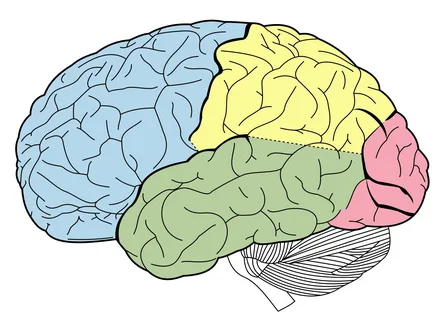Researchers at the University of California San Francisco have delved into the intricate world of dopamine fluctuations in specific subregions of the brain, shedding light on how these fluctuations predict rewards over various time scales. The study, recently published in Nature Neuroscience, focused on the striatum, a brain region crucial for reward-based learning and decision-making.
Lead author Josh Berke and his team explored how dopamine transient fluctuations in different parts of the striatum can reflect reward predictions over distinct time horizons. According to Berke, these fluctuations in dopamine levels serve as critical signals in updating our estimates of rewards when we find ourselves in unexpectedly good or bad situations.
The study aimed to address two key issues within the existing ‘reward prediction error’ theory. First, the unclear definition of ‘reward prediction’ in terms of timing, and second, the variability of dopamine signals across different brain regions. By deploying a novel molecular sensor in rats to track dopamine fluctuations in various striatal subregions, the researchers made significant discoveries.
Their experiments revealed that different subregions of the striatum are associated with different time scales for reward expectation. For instance, one area primarily focused on motor control showed frequent dopamine fluctuations, with a strong response to cues predicting rewards within a fraction of a second. On the other hand, another striatal area seemed to anticipate rewards within tens of seconds, while a third area focused on rewards expected over hundreds of seconds.
The findings suggest a gradient of reward prediction time scales within the brain, involving parallel circuits. This multi-scale approach could provide a more comprehensive explanation for the diverse dopamine signals observed in previous studies. Understanding these distinct time scales could help elucidate complex behaviors in animals and potentially enhance our comprehension of decision-making processes.
The researchers believe that this new insight could contribute to developing theoretical models that explain reward predictions across different time scales. Furthermore, their ongoing research aims to explore how dopamine signals interact with other neural circuits, offering valuable insights into conditions such as addiction, Parkinson’s Disease, and Tourette Syndrome.
This study not only advances our understanding of how dopamine fluctuations influence reward predictions but also highlights the intricate and dynamic nature of brain circuits involved in decision-making processes. By unraveling the complexities of dopamine signaling in distinct brain subregions, researchers are paving the way for a deeper understanding of reward-based learning and behavior adaptation.
*Note:
1. Source: Coherent Market Insights, Public sources, Desk research
2. We have leveraged AI tools to mine information and compile it



